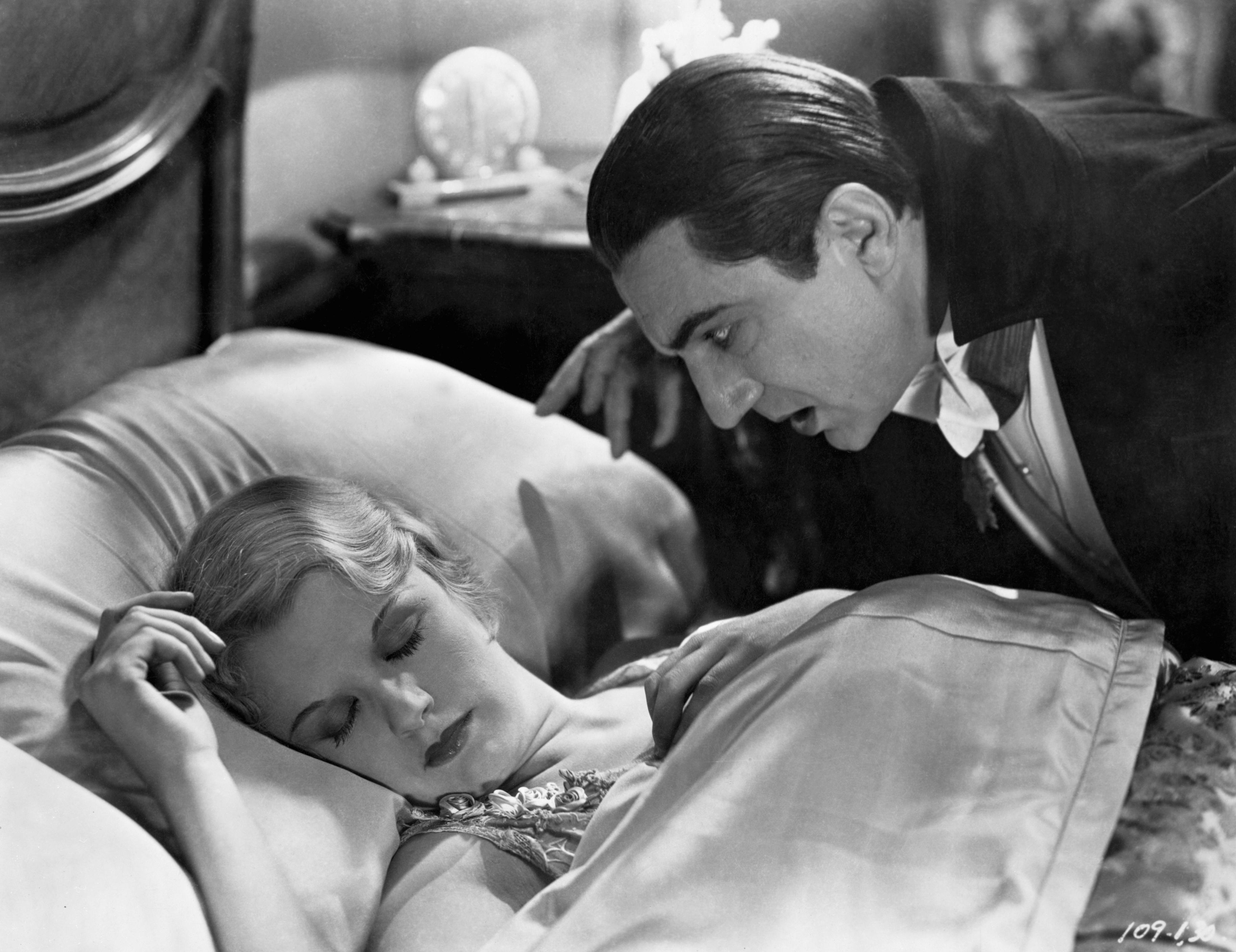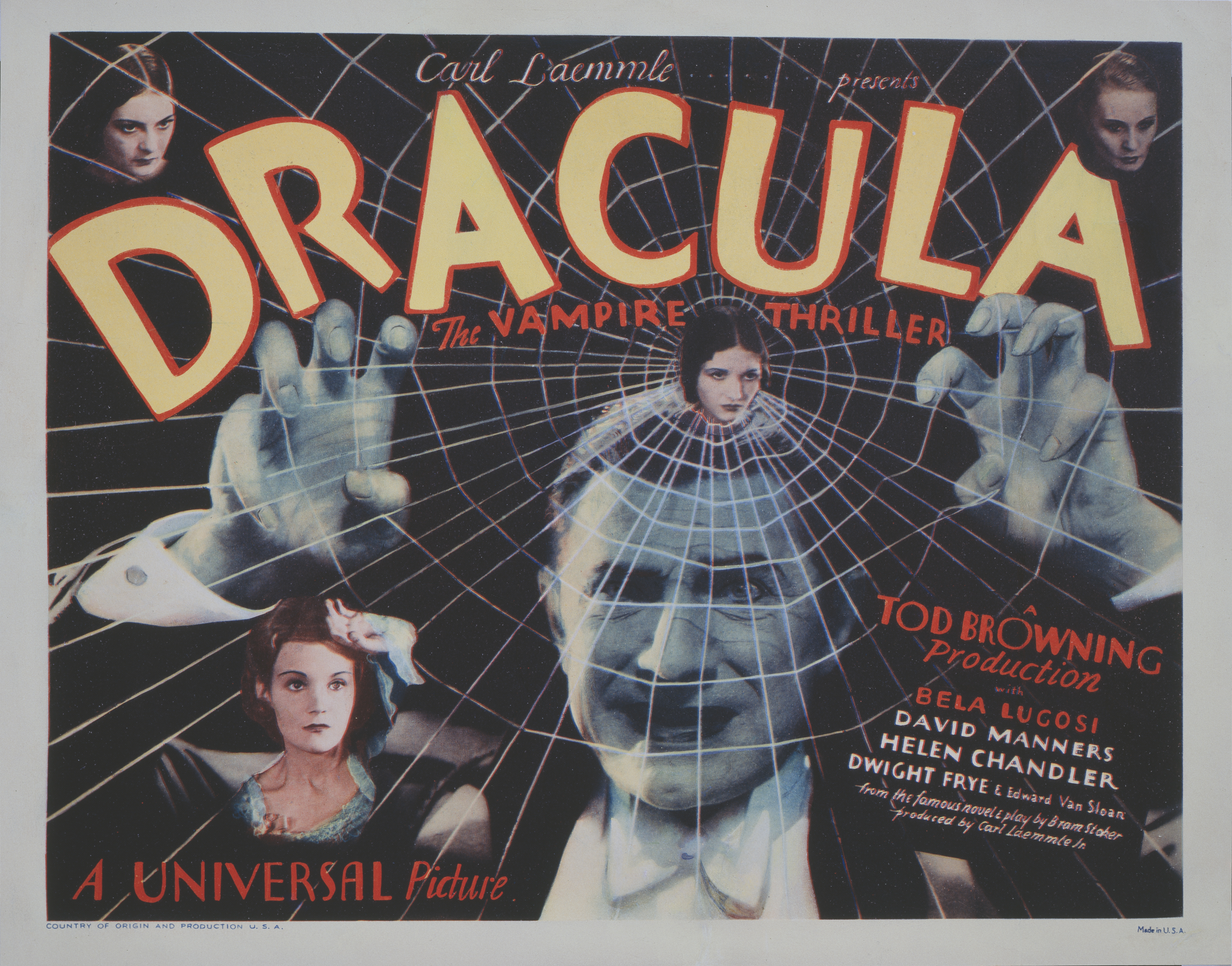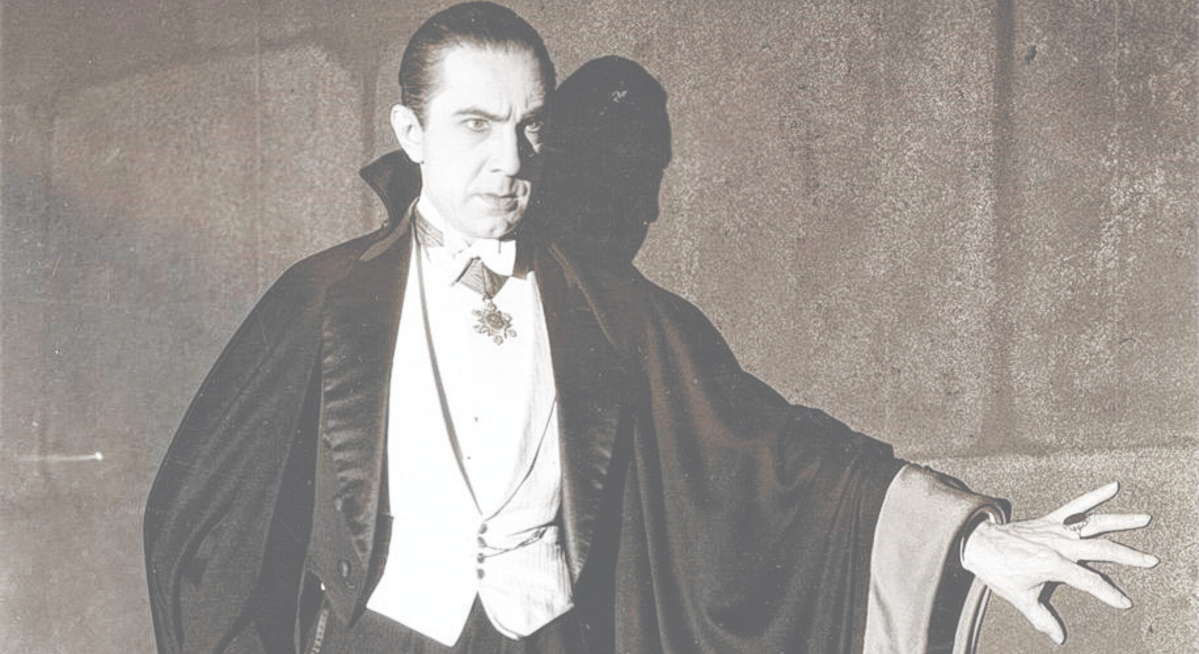Long Island’s East Hampton is known as a serene village that welcomes its longtime residents as well as visiting tourists enjoying a place of respite from their cares.
Take a look back in time to July 1947, though, when for one week, people’s sense of security was shattered. With a sinister hiss and a terrifying scowl — and let’s not forget the baring of those formidable fangs — a menacing vampire scared the daylights out of people. Embodying the chilling, complex antihero who manipulated victims so he could drink their blood, Béla Lugosi, aka Count Dracula, came to town to terrify the masses.
Lugosi commanded the stage at the John Drew Theatre of East Hampton’s Guild Hall for six nights. “A master of good, entertaining horror,” as the East Hampton Star described him, Lugosi was world famous for originating the role of history’s most notorious vampire. Reviewing the scary fantasy, the Star wrote, “The play … does not lose any of its chilly power of attraction for the audiences, nor does it disappoint the morbidly curious for want of horror.”
In reality, though, Lugosi faced different dramas: As a wounded warrior and an anti-fascist who campaigned for workers’ rights, he battled real-life monsters.

HIDING AMONG THE CORPSES
Béla Ferenc Dezső Blaskó was born in 1882 in Lugos, Hungary. His rebellious personality surfaced early: At age 12, after his father rejected the boy’s interest in the arts, the child ran away from home. He supported himself by working as a miner and machinist, and in 1902, at age 20, he made his stage debut; that led to his starring in early Hungarian silent movies and being invited to join the National Theatre of Budapest.
He was exposed to the nightmarish conditions actors endured, including low wages along with poor working conditions and treatment. In 1918, as an activist for workers’ rights, he supported the newly founded Hungarian Communist Party. He led demonstrations by actors, and founded what would become the world’s first film actors union, the National Trade Union of Actors. In one of his articles for The Actor’s Page, he wrote, “The actor, subsisting on starvation wages and demoralized, was often driven, albeit reluctantly, to place himself at the disposal of the ruling class.”
By 1920, Hungary was roiled by civil unrest, with violent purges of communists, leftist intellectuals, and especially Jews. Lugosi fled to the U.S. and New York City, where he continued his activism: He was a founding member of the Screen Actors Guild who helped form the Hungarian-American Council for Democracy, calling for “Nazism to be wiped out everywhere,” according to Workers World.
QUENCHING HIS THIRST
In New York, he landed the Broadway role of the vampire king in 1927. With his long, black, flowing cape, slicked-back hair, expressive eyebrows, and unsettlingly elegant manners, the master of mystery and makeup debuted the role of the undead bloodsucker in the American premiere of Hamilton Deane’s adaptation of Bram Stoker’s novel. His performance was legendary in the drama that invented a new horror genre; the play ran for three years and served as evil’s ticket to fame.
The film version made several years later, in 1931, became a classic that sealed Lugosi’s stardom, making him an international phenomenon. He was the personification of what a vampire should be, as his son Béla Lugosi Jr. wrote on the actor’s official website, describing his father’s “burning eyes, heavy accent and courtly manner.”
The macabre plots of the Dracula legend revolve around a Transylvanian count who spends his days sleeping in his coffin and his nights pursuing people — often attractive, satin-gowned females — whose lily-white necks he can puncture with his fangs so he can suck out their blood and turn them into vampires who will do his bidding.
When not glowering at his victims or drinking their blood, he shape-shifts himself into various forms, such as a bat who flies in and out of windows in search of a new neck to bite. The film’s sound track provided the perfect Halloween accompaniment, laden with the “cries of wolves and the hooting of owls, not to say anything of the screams of Dracula’s feminine victims,” as described in a review by The New York Times in 1931.
A cryptic quote attributed to Lugosi may reveal his thoughts on playing the ultimate vampire: “I have never met a vampire personally, but I don’t know what might happen tomorrow.”
The actor appeared as the conniving count in just two movies, and played a vampire in four films altogether. While audiences will long remember his distinctive portrayal of a fantasy figure, history will also reveal his important real-life contributions. As Dr. Rafael Medoff and J. David Spurlock wrote in the Jewish Ledger, “He may have portrayed savage villains on the silver screen, but in real life Béla Lugosi raised his voice in protest against the savage persecution of the Jews in his native Hungary.”
Lugosi died of a heart attack in 1956 at age 73. He was buried in a Dracula cape; contrary to rumors, the cape was not one of those he wore in his performances.




































